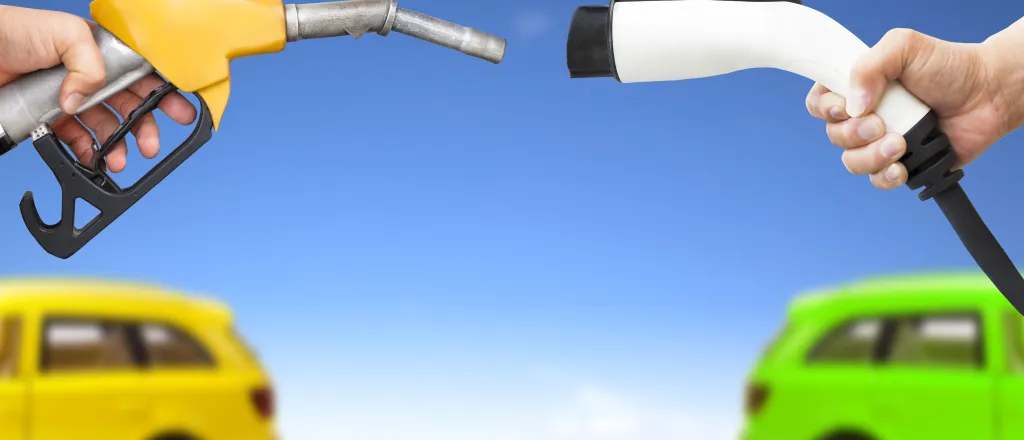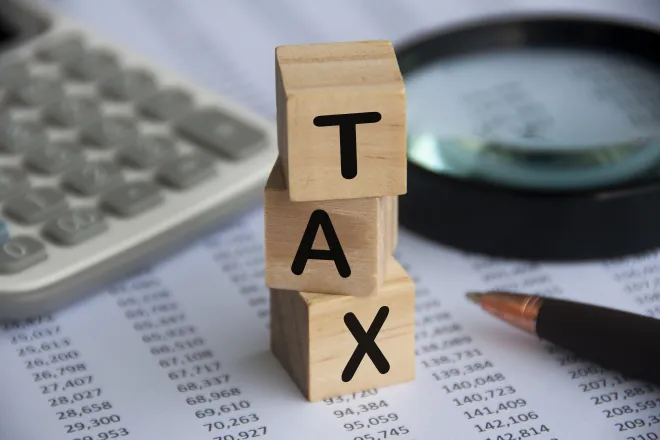
California officially requires all new cars sold to be zero-emission by 2035
(The Center Square) – California air regulators have set a 2035 deadline for all new passenger cars and trucks sold in the state to be zero-emission vehicles, a move that will make the Golden State one of the first jurisdictions in the world to enact this increasingly-costly requirement.
The state’s plan, adopted by the California Air Resources Board on Thursday, sets specified targets to phase out sales of zero-emission vehicles in the state starting in 2026. According to the plan, 35 percent of vehicles sold in the state will be required to be zero-emission in 2026, 68 percent in 2030, and 100 percent in 2035.
The regulations will largely phase out the sale of gas-powered vehicles in California, though there is an allowance for a small portion of vehicle sales to be plug-in hybrid electric vehicles, which can run on gas. These vehicles are “designed to prioritize their electric function and use their gas engines in limited circumstances,” according to CARB.
Officials acknowledged Thursday that, despite the new regulations, combustion engine vehicles will likely remain on California roads for years after 2035.
Electric vehicles tend to be more expensive than their combustion engine counterparts, raising concerns among consumers regarding affordability. In October 2020, the average transaction price for a new gas-powered vehicle was $46,000, while the average EV averaged above $56,000, according to Kelley Blue Book. Costs have inflated since 2020 due to a worldwide microchip shortage and record inflation.
The new rules also include incentives to expand electric vehicle access to more Californians, particularly in low-income and disadvantaged communities. The board’s resolution directs officials to continue working with manufacturers and environmental justice advocates to develop strategies and incentives to expand zero-emission vehicle access to low-income communities starting in 2025.
The rules also set minimum durability standards for zero-emission vehicles, which aim to ensure vehicles can maintain 70 percent of their electric range for 10 years in the first few years after the regulation takes effect in 2026. Come 2030, that percentage will rise to 80 percent of electric range.
Officials emphasized Thursday that the new regulations will help reduce greenhouse gas emissions and address climate change in the Golden State.
“A clean transportation sector is essential to protect the health of both our communities and our climate,” CARB Chair Liane M. Randolph said Thursday. “More stringent mobile source emission controls are necessary to help California achieve federal air quality standards and the state’s greenhouse gas target that will protect public health and mitigate the effects of climate change.”
The regulations are expected to result in additional cumulative costs of $29.9 billion to manufacturers between 2026 and 2040, representing $2 billion on average per year, according to an analysis from CARB. The board estimates that the regulations will result in the total statewide cost of ownership net cost savings of $92.9 billion between 2026 and 2040 for businesses, fleets and individuals who purchase these vehicles.
“Much of the [total cost of ownership] savings stem from reduced gasoline consumption, with gas prices conservatively assumed to remain relatively constant around $4 per gallon, with even greater savings if prices remain at their current elevated levels or increase further,” CARB’s summary states.
The adopted regulations implement Gov. Gavin Newsom’s previous executive order that required new car sales to be zero-emission by 2035. Newsom called the CARB’s new regulations “groundbreaking” and “world-leading” in a statement Thursday.
The board’s regulations garnered praise from vehicle manufacturers, including Ford. In a statement, Ford’s Chief Sustainability Officer Bob Holycross called the regulations a “landmark standard that will define clean transportation and set an example for the United States.”
“At Ford, combating climate change is a strategic priority, and we’re proud of our partnership with California for stronger vehicle emissions standards, forged during a time when climate action was under attack,” Holycross said.
The Advanced Energy Economy, a national business group, also praised the board’s decision on Thursday, saying the decision “charts the path toward a zero-emissions transportation future for the whole country.”
“The California program will have a major ripple effect nationally, opening the door for states to increase EV adoption, encourage economic growth, and reduce emissions,” AEE Transportation Policy Director Ryan Gallentine said in a statement. “We call on other states to take this opportunity to drive the growth of electric transportation nationwide.”
California has historically set the standard for more than a dozen of other states when it comes to vehicle emission standards, and 16 other states could follow California’s lead with these new standards, according to the New York Times.
CARB staff said Thursday that the plan to transition away from gas-powered vehicles is “well-supported” by the recently signed state budget, which includes $2.9 billion this year and $3.9 billion over three years to invest in the state’s electric vehicle infrastructure and provide incentives for in-state manufacturing.

















